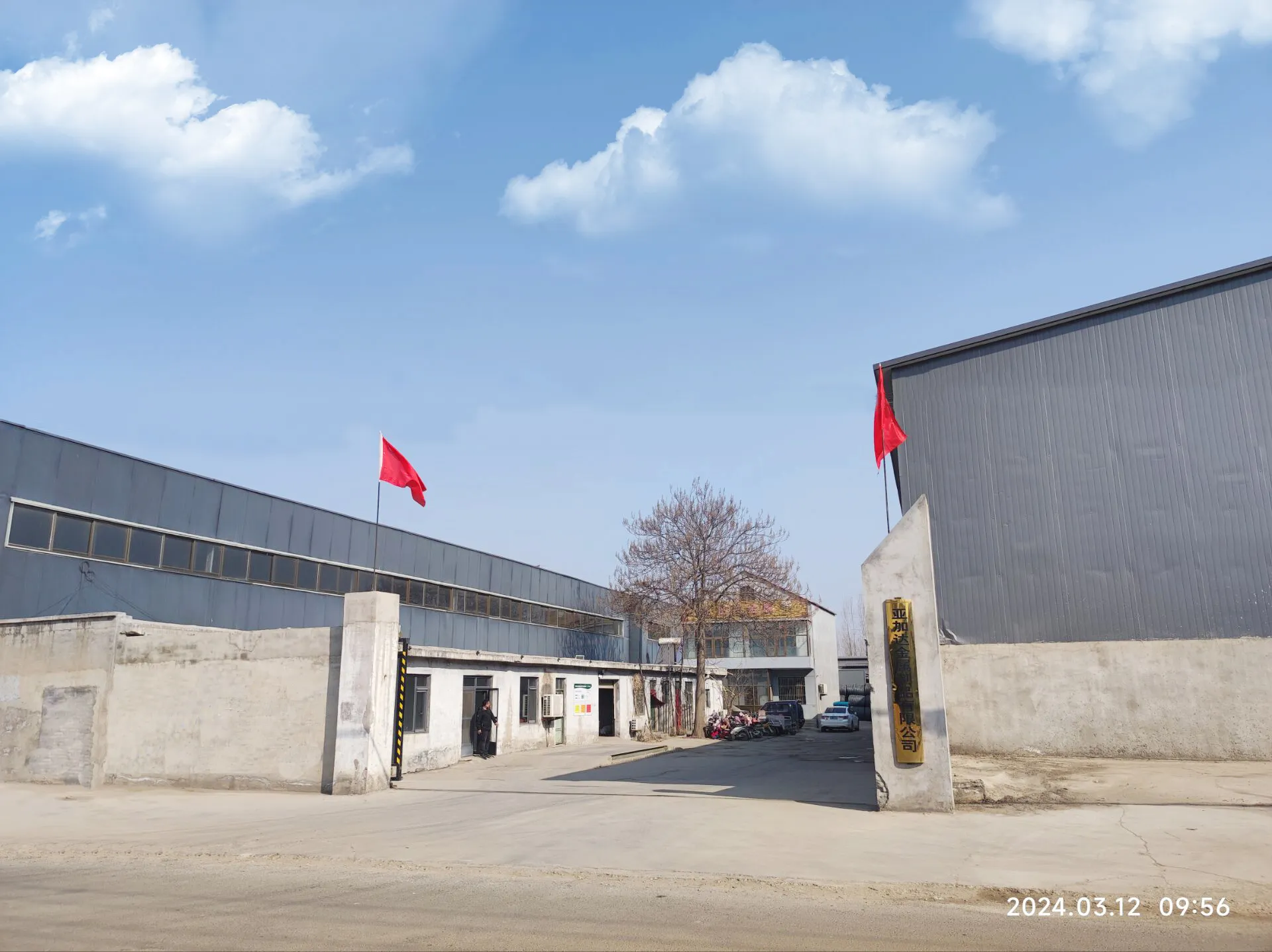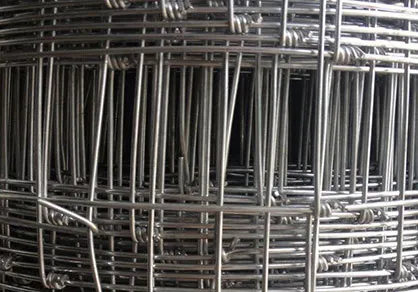

However, selecting the right GI wire requires careful consideration of several factors. First, understanding the different types of galvanization—such as electro-galvanized and hot-dipped—is crucial. Industry experts point out that hot-dipped galvanization offers a thicker zinc coating, providing enhanced corrosion resistance suitable for outdoor applications. Meanwhile, electro-galvanized wire is optimal for indoor applications where exposure to moisture is limited. Additionally, the wire’s gauge or thickness must align with the intended use; thicker wires are ideal for structural applications whereas thinner gauges suffice for lighter tasks like crafting. Professional guidance also suggests scrutinizing the origin and manufacturing company’s reputation, as this impacts quality and reliability. Trustworthy sources recommend purchasing from established brands or suppliers with a clear track record of compliance with international standards, particularly if the wire will be used in critical structures or environments. Real-world testimonials consistently highlight the ease of handling and installing GI wire, often pointing to its role as a game-changer in projects of various scales. For DIY enthusiasts, the wire’s flexibility and accessibility democratize home improvement and gardening projects, offering a simple tool that achieves professional results. In summary, galvanized iron wire stands out as an authoritative, reliable, and versatile material across multiple industries. Its extensive usability, coupled with inherent qualities such as durability, flexibility, and corrosion resistance, make it a trusted choice among industry professionals and hobbyists alike. The continued reliance on GI wire is testimony to its enduring relevance and the confidence it inspires through its proven track record, affirming its position as an indispensable resource in the modern material landscape.

















